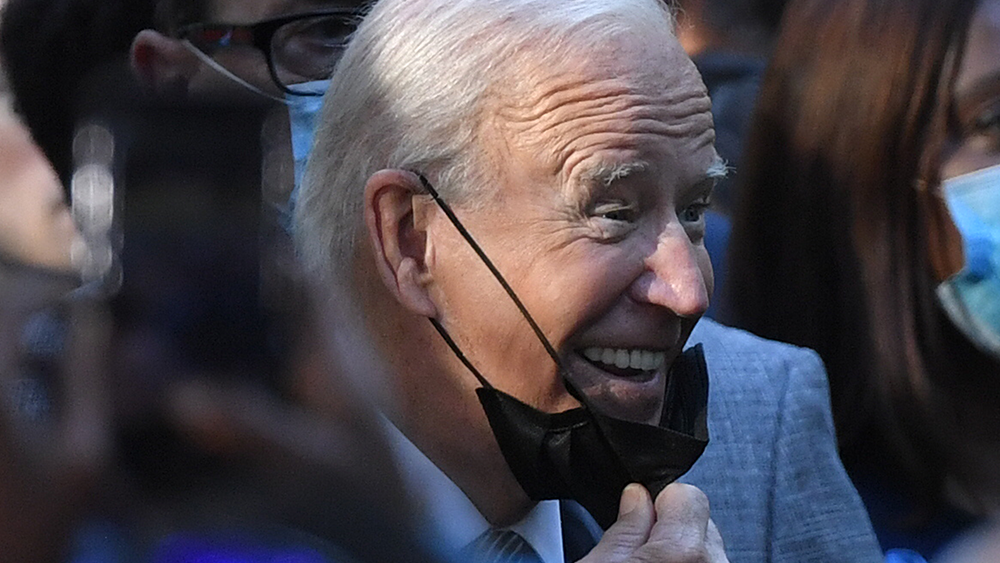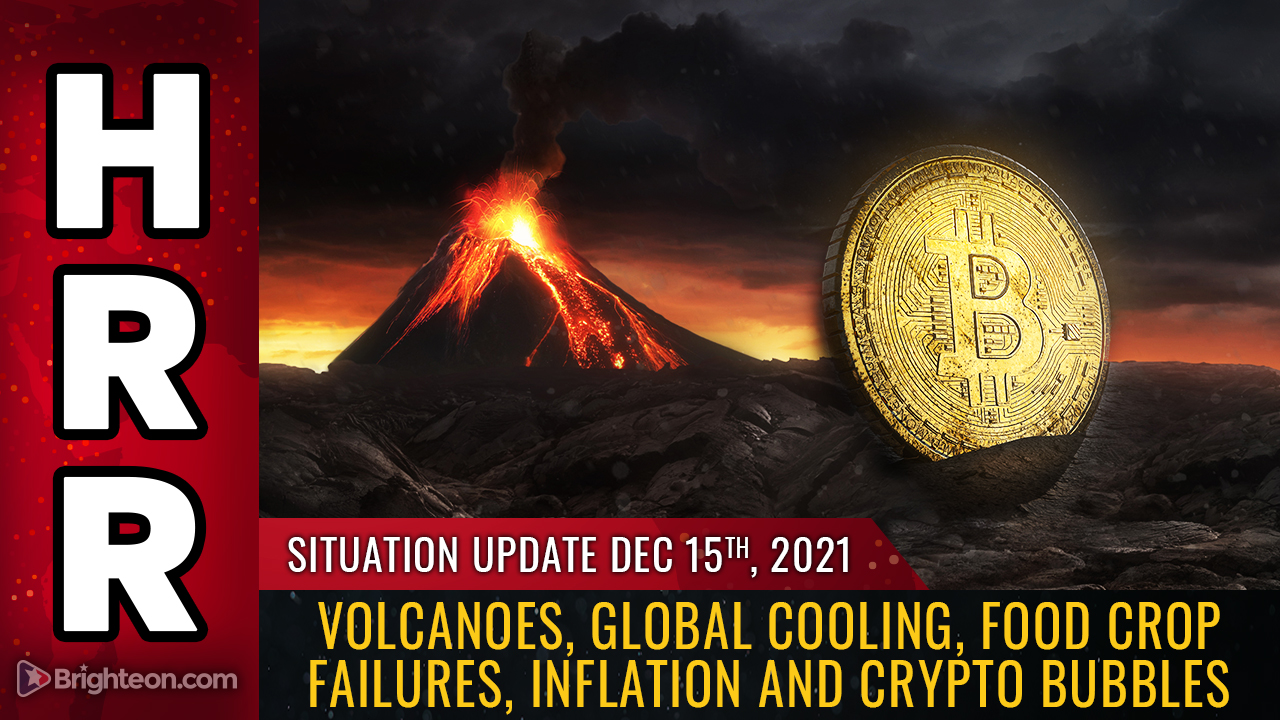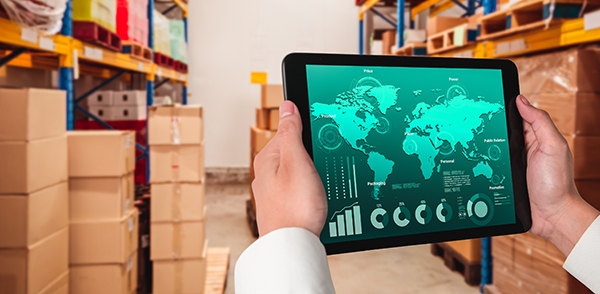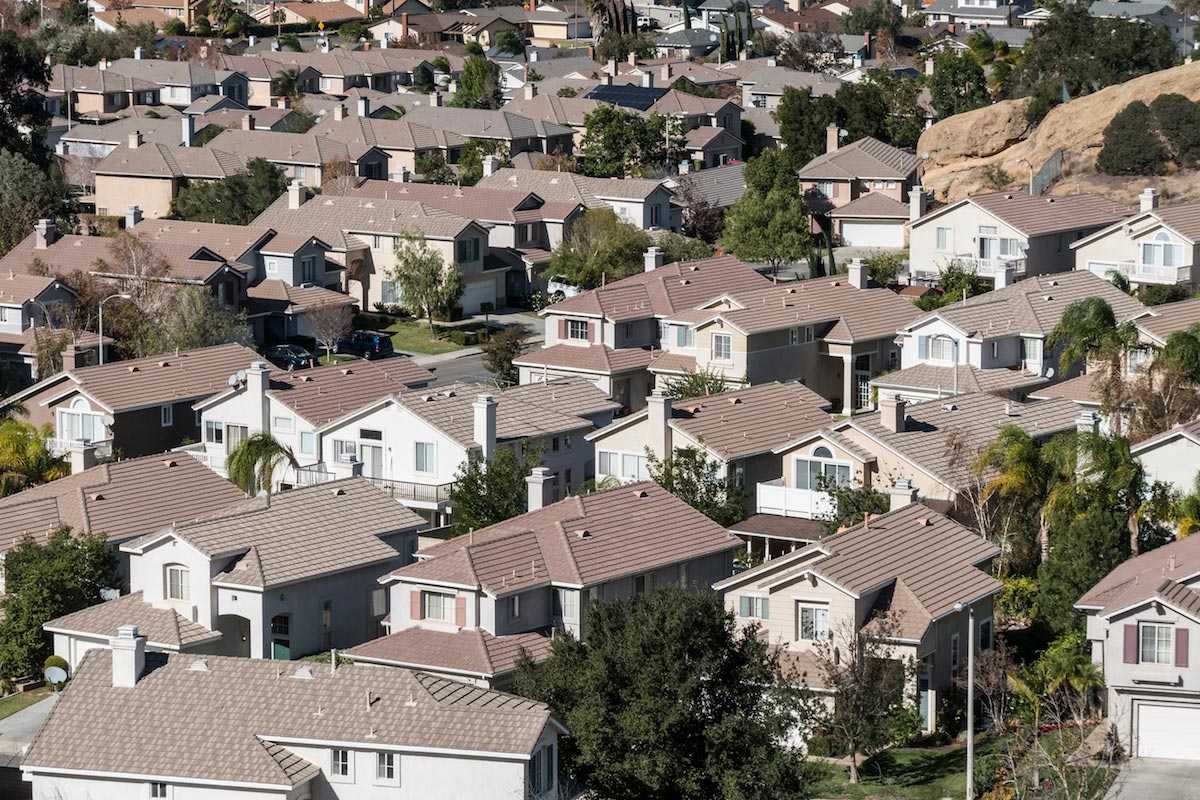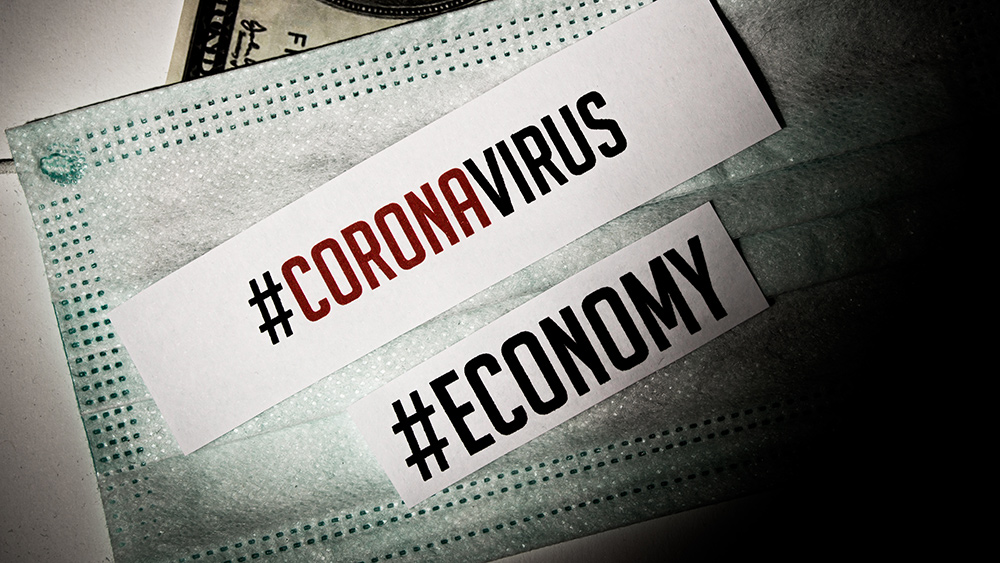Supply chain disruption continues, long-term and realistic policies necessary
10/21/2021 / By Mary Villareal
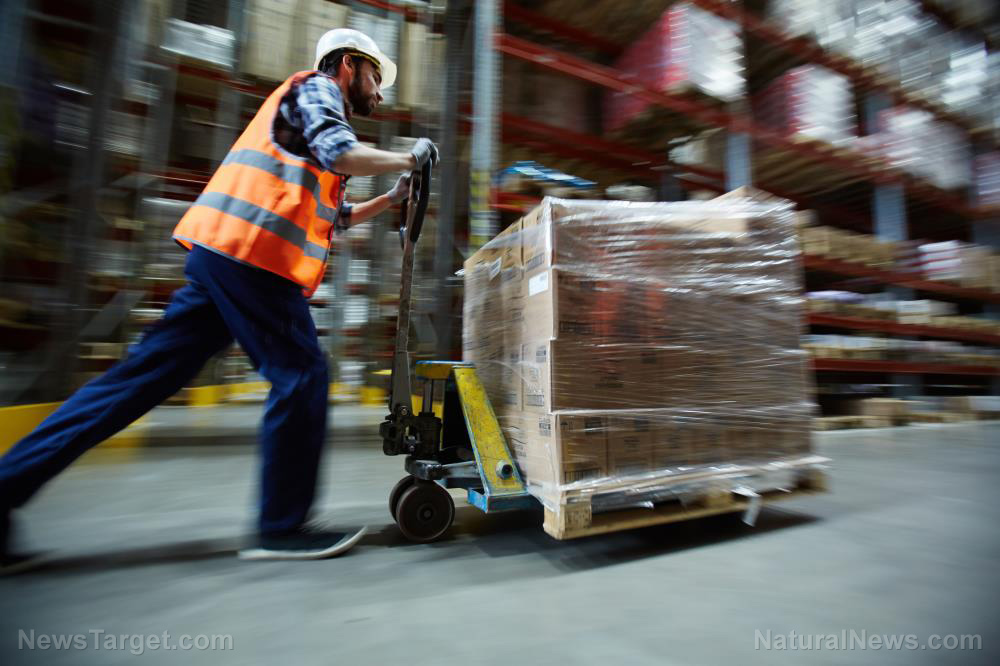
Experts say that the Biden administration needs to focus on long-term and realistic policies to diversify where imports are coming into, especially as the holiday season nears.
Margaret Kidd, a supply chain and logistics professor at the University of Houston, said that the amount of cargo that will be supported in President Joe Biden’s plan for 24/7 port operations in California will not be impactful enough in the long term.
“If we had economic development and economic prosperity in the northern triangle countries and Mexico, that would solve our nearshoring and it would also assist with immigration,” she said.
Kidd suggested that the government needs to stop counting ships and start thinking realistic solutions to the problem. One of the first things that come to mind is to consider policies that drive imports through the U.S. port system, with 36 to 40 percent of all import containers from Asia going into LA Long Beach.
With U.S. consumers spending record amounts, it is necessary to diversify where the imports are coming from because one or two ports cannot handle the volume of trade. Kidd said that the government could look into the Gulf Coast ports like that in Houston, or Freeport Mobile Southeast Atlantic ports like Charleston, Savannah or Florida.
Fixing supply chain will take time, patience, money and more
Experts who are closely watching the upcoming holiday shopping season said that the rush to buy items amplifies the problem in the supply chain system. To fix the problem would take time, patience, a lot of money and imagination by key leaders in transport and logistics and significant policy changes.
In a separate interview, Kidd said that consumers have insatiable demands and they are spending a lot of money: e-commerce numbers through the second quarter is up 57 percent from two years ago. Kidd also noted that the supply chain challenges are exacerbated by the enormous amount of cargo waiting to be unloaded at the ports of Los Angeles and Long Beach.
“U.S. imports from Asia range between 36 percent to 40 percent to Los Angeles and Long Beach. That is not sustainable. They are landlocked, and their warehouse vacancy rate is under 2 percent. There is nowhere to go,” she said.
Kidd said several things must happen in the next few years, one of which is bringing manufacturing closer to the United States. She added that the supply chain problems, including the power supply problems in Vietnam and China, are worsened by the spread of the Wuhan coronavirus (COVID-19) in Asia.
At the recent American Association of Port Authorities convention in Austin, Texas, officials said they need to become more efficient and ports will need to share more information and cooperate to a much greater extent than they do now. (Related: Experts explain the link between labor shortages and current supply chain issues.)
Adding to the supply chain challenges, the Department of Labor said in July that the warehouse and transport industry was 490,000 employees short. That number includes the need for some 60,000 truck drivers.
To encourage more people to consider transportation-related careers, employers may have to increase spending on technology, as well as higher salaries and benefits,” said Terry Esper, Logistics professor at Ohio State University.
“Part of our supply chain constraint is labor. If you want access to labor, you’re going to start to have to look at what you pay,” Esper added.
Read more about the supply chain issues at Bubble.news.
Sources include:
Tagged Under: big government, Bubble, cargo vessels, Collapse, coronavirus, covid-19, delivery trucks, Joe Biden, labor shortage, package deliveries, products, shipping industry, supply chain, supply delays, supply lines, transportation
RECENT NEWS & ARTICLES
COPYRIGHT © 2017 BUBBLE NEWS

